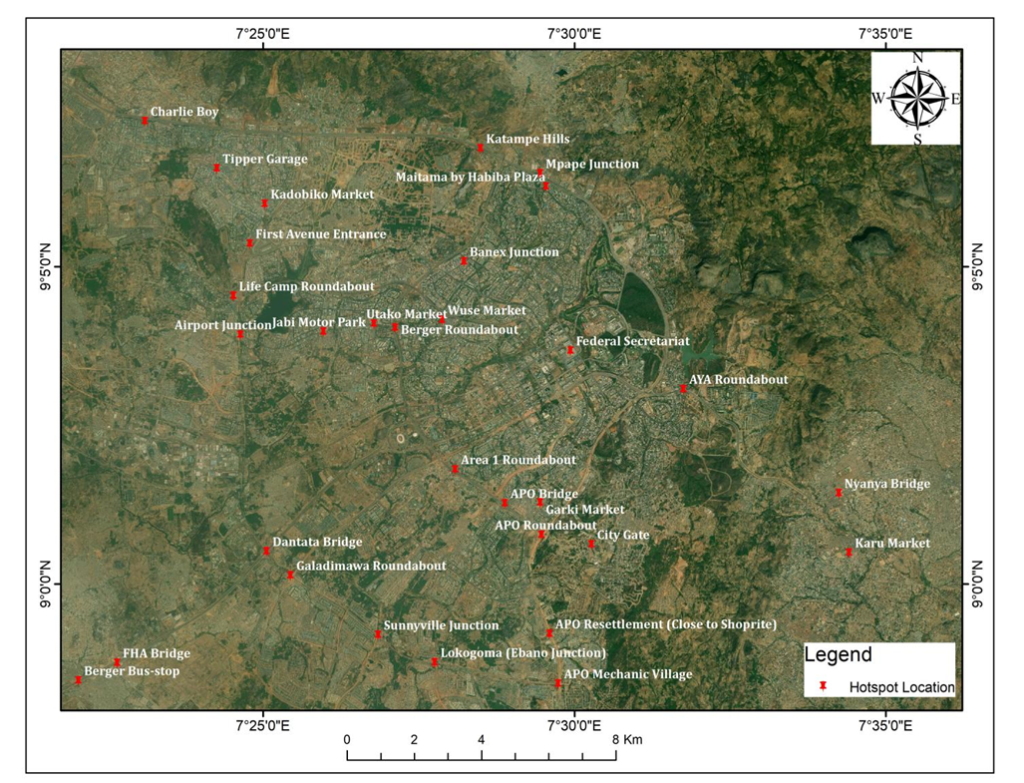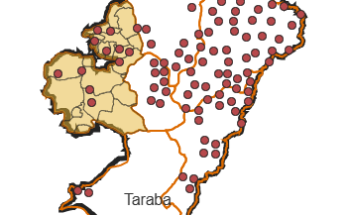Introduction
The emission of ambient pollutants because of anthropogenic and economic activities involving the utilization and conversion of energy is the key cause of environmental degradation in urban cities. The major sources of pollution are road transport, industrial emissions, and small gasoline generators aggravated by open burning and illegal dumping of waste. Urban air pollution is the major source of multiple problems.
- Smog in urban areas
- Historical buildings and monuments deterioration
- Materials damaged due to increased corrosion
- Vegetation loss
- Chronic respiratory diseases due to inhalation of poisonous gases and suspended particulates.
Ambient air pollution is a major contributor to morbidity and mortality. For instance, fine particulate (PM2.5) is harmful to health because it can travel through human lung barriers and enter the blood stream, causing untimely deaths, and cardiovascular and respiratory diseases. According to the World Bank report, exposure to ambient PM2.5 caused 2.9 million deaths in 2017 which is equivalent to 9 percent of total deaths worldwide (World Bank, 2020). Similarly, the World Health Organization (WHO) reported that environmental hazards are responsible for approximately 25 percent of the total burden of disease globally (WHO, 2016).
In addition, an estimated 12.6 million people died because of living or working in an unhealthy environment in 2012 which is nearly 1 in 4 global deaths (WHO, 2016). Environmental risk factors such as air, water and soil pollution, chemical exposures, climate change, and ultraviolet radiation contribute to more than 100 diseases and injuries (WHO, 2016). There are different dangerous substances and compounds that are considered ambient pollutants and many of them released to the air, because of anthropogenic activities such as combustion of fossil fuel in automobiles and industries.
Atmospheric air pollution is the major environmental issues of the industrialized developing and developed countries globally. Both the energy production based on road vehicular traffic (Olmo et al., 2011) and fossil fuels (Meetham et al., 2016) are the key factors causing serious public health problems, from local, regional, and national levels (Sokhi and Kitwiroon, 2011; Lavaine, 2014). The World Health Organization (WHO) reported that 91% of the world population lives in polluted cities, breathing contaminated air, and 7 million fatalities occur every year due to exposure to ambient air pollution and smoke from fossil fuels emission (WHO, 2020). Several studies have confirmed strong relationships between most common diseases and traffic pollution especially in big cities where CO, SO2, CO2, NO2, NOx, methane, Ozone (O3), PM10 and PM2.5 create public health degradation, for instance, chronic respiratory diseases (Raaschou-Nielsen et al., 2013; Perez et al., 2013), fertility diseases (Slama et al., 2013), cardiovascular diseases (Cesaroni et al., 2014), which affect all age groups including children (Vidotto et al., 2012).
With electricity supply unstable and off-grid solutions not yet mainstream enough to bridge demand gaps, Nigerians have relied on generators to power homes for decades. According to estimates by Access to Energy Institute (A2EI), Nigeria’s economy depends heavily on small gasoline generators with their collective capacity more than Nigeria’s national grid. The estimate also reported that Nigeria is a home to 22 million small gasoline generators which have a capacity that’s eight times larger than the national power grid (A2EI, 2019). However, research at Carnegie Mellon University found backup power generation in Nigeria produces carbon dioxide emissions equivalent to 60% of its annual electricity sector emissions (Farquharson, Jaramillo, & Samaras, 2018).
Nigeria is fast growing among the developing countries of the world and the rapid urbanization and industrialization have resulted in the remarkable increase in population of Abuja, the capital city of Nigeria and its surrounding areas, which has further led to rise in energy consumption and significant increase in vehicle fleet which has raised serious environmental concerns in the city, transport, and housing which contributed to an increase in air pollution.
The scope of this study is limited to reconnaissance survey, and identification of emission hotpot’s locations in Abuja Municipal Area Council (AMAC). The study utilizes Geographic Information System (GIS) to map and visualize pollutants concentrations for desired geographical locations and prepare hotspot maps to categorize the ambient air quality in AMAC.
Methodology
Results & Findings






